Ayurveda is the traditional Indian method of healthcare, and is the longest unbroken medical tradition in use in the world today. It is a system based on the wellness of the entire being, and aims to bring the individual into harmony with nature - thereby eliminating disease and disharmony within the body.
Susruta, renowned as the father of plastic surgery, wrote his samhita, the most authentic early text on the practice of ayurvedic surgery around the sixth century BC. His texts discuss in minute detail how to perform prosthetic surgery to replace limbs, cosmetic surgery procedures for the nose and other parts of the body, cesarean operations, setting of compound fractures, and even brain surgery.
Historical records date early ayurvedic principles as being practised as far back as 3000 BC with evidence showing its spread across early civilisation, making it the parent of most modern medical systems in the world today.
Egyptians had long known and incorporated ayurvedic principles via their early sea-trade with India. Greeks and Romans adopted it after Alexander's invasion in the 4th century BC; and the spread of Buddhism introduced ayurvedic knowledge and principles to the east where it greatly influenced the Tibetan and Chinese systems of medicine. With translation of the medical texts into Arabic, Islamic physicians began practicing ayurveda as early as 800 AD. Paracelsus, considered to be the father of the modern western medicine practised ayurvedic principles and incorporated it heavily into his work in the 16th century.
During British rule, practice of ayurvedic medicine and principles were effectively banned within India - and therefore practitioners were forced underground. Post independance (1947) there was a resurgence in aryuveda, which saw government supported learning institutions erected and recognition by the medical council, bringing it back as a mainstream method of healthcare within India.
Today registered ayurvedic practitioners undergo rigourous training over a 5 & 1/2 year period, including one year of internship at a registered Ayurvedic Medical School, after which they graduate with a Bachelor of Ayurvedic Medicine & Surgery (B.A.M.S.). Further postgrad or masters training takes the form of a three year internship available through select institutions giving the practitioner an education on a par with the western MD/MS degree in modern medicine.
Popularity of ayurveda lies in its subtle yet scientific and successful approach to heal a person in totality. A new industry of ayurvedic health spa and medical centres has blossomed in the past few years to support the emergence and steady growth of medical tourism to India; where foreigners flock seeking alternatives western medicine.







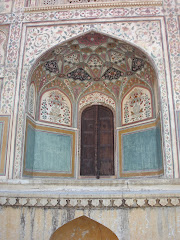

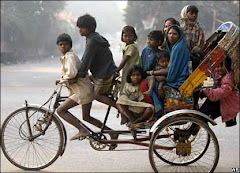
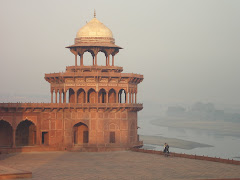









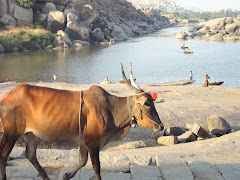
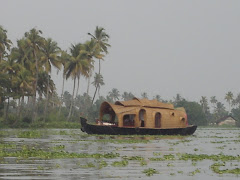

No comments:
Post a Comment